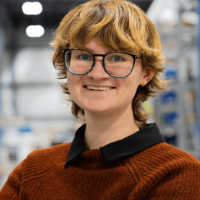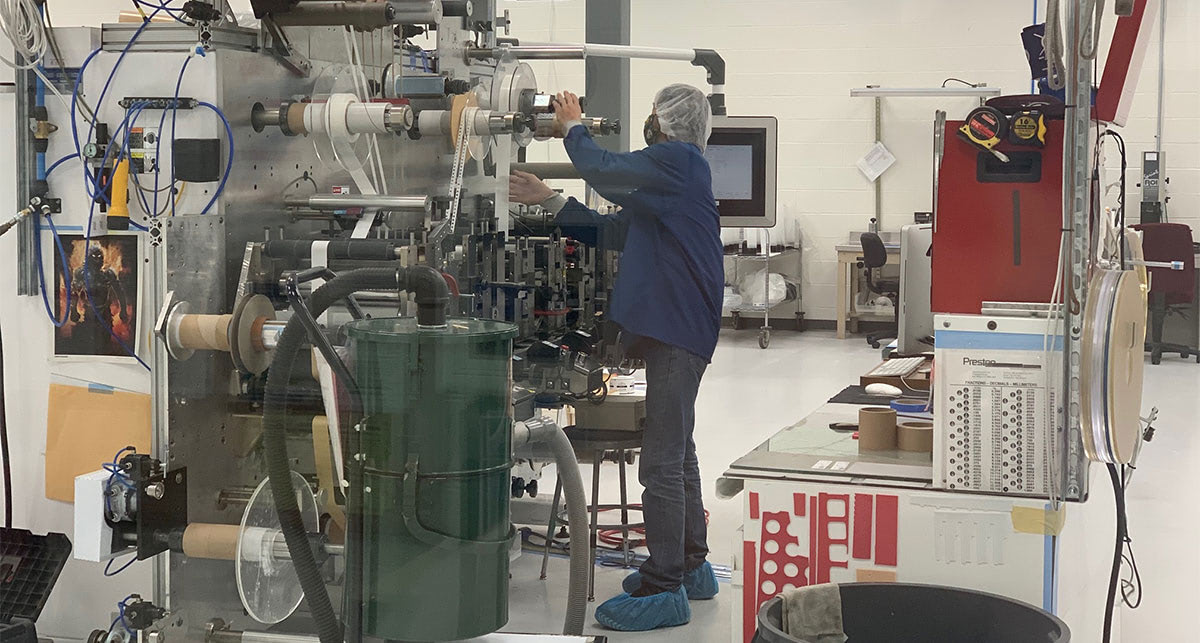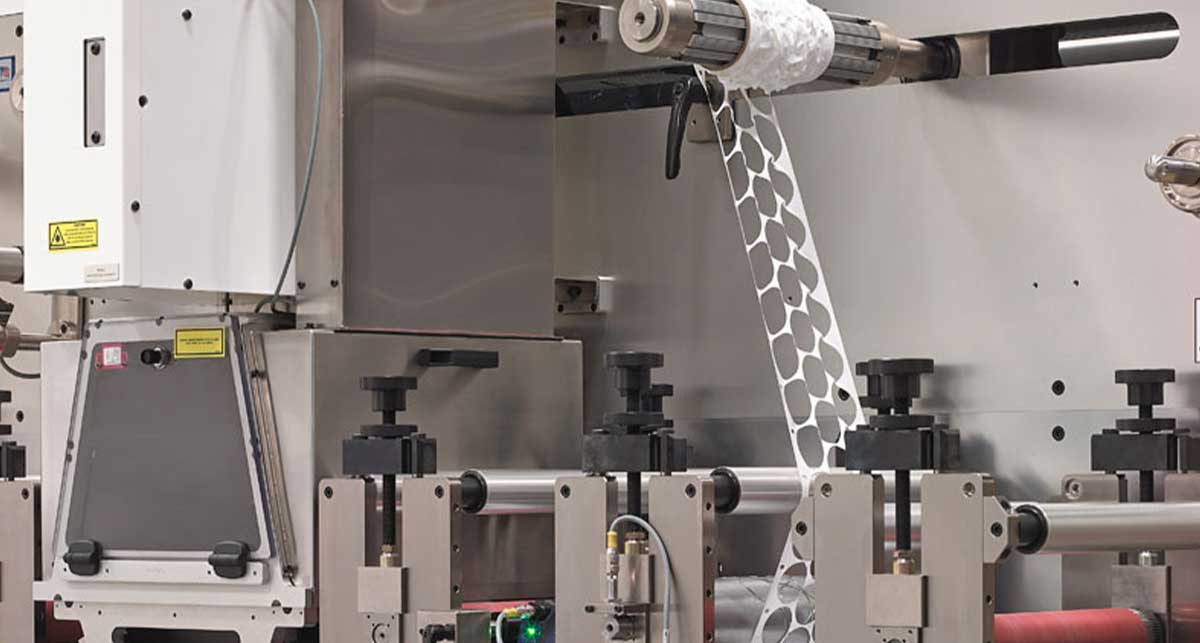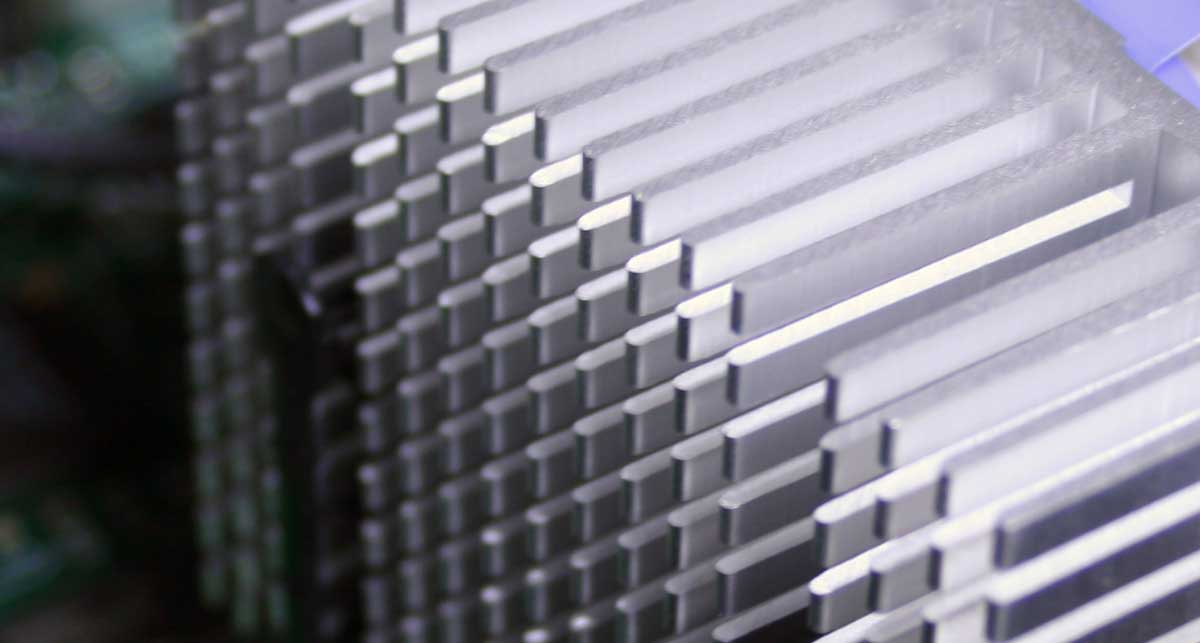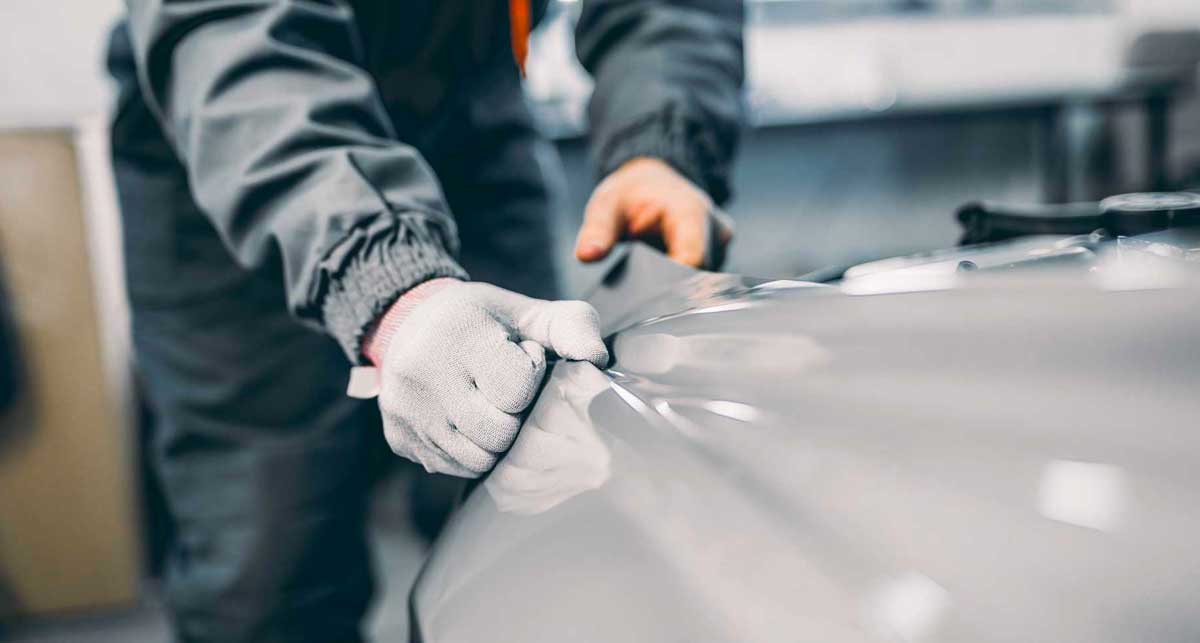“Hi, I’d like to order 1,000 custom die cut pieces.”
“Great! That’ll be $5,000.”
In a perfect world, ordering die cut parts would be effortless. However, getting custom parts made can be a complex endeavor given how many factors influence the final cost. That’s why it’s crucial to understand what those factors are and how they can be leveraged.
You might be an expert on your product, but this article will help you understand how die cutting costs vary based on materials, configuration options, and machine time.
How Much Do Die Cuts Cost?
Customers often request an average cost or a budget price for converting services. However, die cut orders can range anywhere from $500 to millions of dollars per year and the price per part can range from pennies to multiple dollars.
Every estimate is unique due to the wide range of elements that determine converting quotes. If you know how these factors work, you can either plan your part accordingly to reduce costs or with the knowledge that the extra costs are related to critical factors for your product.
What Factors Go into the Cost of a Die Cut?
Three pillars account for the total cost of a custom die cut:
- Tooling Cost
- Materials Cost
- Machine Run Time & Labor Cost
While they may not look complicated, each category breaks down into more nuanced calculations of multiple moving parts. Tooling, material, and labor costs are all essential to running production. These costs each affect a range of specific elements to varying degrees.
|
Level of Cost Impact |
|||
|
Tooling Cost |
Material Cost |
Labor Cost |
|
|
Part Geometry: |
|
|
|
|
Type of Material(s) |
|
|
|
|
Dimensional/Tolerance Requirements |
|
|
|
|
Production Volume |
|
|
|
|
Packaging Format |
|
|
|
|
|
Major Impact |
||
|
|
Minor Impact |
||
|
|
Negligible Impact |
||
For instance, a higher production volume allows you to buy in bulk, enabling far better material deals. Therefore, production volume has a major impact on material cost. On the other hand, the tooling cost remains the same throughout a job, so the volume doesn’t really impact it.
As we discuss these price points, you'll start to understand what is included in your final die cut quote.
1. TOOLING COST
“But wait,” you might be thinking, “Don’t you already own the machines?”
Your Tooling Cost is (sadly) more complicated than owning a magical machine press that can spit out any die cut. Almost every job requires its own unique die to cut the pieces for the desired part. Think about cutting dough with a cookie cutter: you can’t use a star-shaped tool to make gingerbread men.
- DESIGN COMPLEXITY
Die cut tools with simple designs cost less than multi-layered, multi-material tools with various holes or slits and tight tolerances.
The number of layers and the complexity of the part you’re building are both traits of Part Geometry. Part Geometry encompasses a part's size, shape, functional features, layers, and design intricacies.
- CONFIGURATION OPTIONS
If you’re trying to save money, you’ll want the most straightforward die cut configuration possible. The simplest tooling set-up for rotary die cutting consists of one die and one material.
Configuration options are parts or processes that converters can apply to a die cut press. Depending on the type of part you order or the material you plan to use, you might request more advanced processing methods.
Advanced processing methods include:
- Extra lamination layers
- Using multiple materials
- Additional print colors
- Tighter tolerances
Configuration options can add up quickly. For example, let’s say you are cutting a 3-layered stick-to-skin patch for a medical device. Each layer is a unique shape, with no similar profiles. This will most likely require 3 unique tools to make. If you reduce the amount of materials or simplify the various shapes, you could reduce your costs significantly.
If your project doesn’t require hard tooling, you may use a laser or digital knife. A laser doesn’t need extra parts to function—it’s just a laser. Laser cutting and digital knife cutting can serve as hard tooling alternatives and achieve tighter part tolerances for smaller order quantities.
2. MATERIALS COST
Material costs account for an average of 70-80% of total costs. For some applications and startups, this is an enormous financial burden.
Strouse’s primary goal is to build custom parts; it doesn’t make sense for us to stock up on every type of adhesive tape (especially considering that tape expires). As a result, we work around suppliers’ Minimum Order Quantity (MOQ), which determines the amount of product we have to buy.
Suppliers generally have a minimum order quantity because their adhesive rolls are pre-made in 48-, 54-, or 60-inch standard lengths. The MOQ is in their best interest to minimize their set-up times. Fixed costs are associated with firing up machines, so they have to make it worthwhile.
Early in your product’s lifecycle, the amount of material included in the MOQ is often more than what we need to build your order. In these cases, Strouse either factors the MOQ into the total material cost or uses a smaller distributor at a higher price point.
I. THE PRICE OF DIE CUT MATERIAL WASTE
Die cutting a roll of material creates waste, but you might not realize how quickly the waste adds up. Every stage of production generates waste, including:
- Set-up tests
- Mining tape used to help peel adhesive layers
- Leftover material from production
Of course, although material waste is inevitable, we still want to reduce setup waste as much as possible. MORE WASTE = LESS VALUE for your dollar, and as your converter, we want to help you stretch your dollar as far as possible.
II. REDUCING MATERIAL WASTE
Working with a converter will help you plan a production process that reduces material waste. However, the type of material you choose might also increase your final price because it may require more advanced processing methods.
Certain materials, like light-sensitive or fully sterile materials, require additional setup, so if you’re concerned, ask about alternatives that may fit your specifications.
3. LABOR TIME
Labor time often makes up a large portion of the final estimate; for some, it might be a decisive price point. Yet, it’s worth noting that this is standard for converting. Your labor time costs include the machine set-up, testing, production/run time, and breakdown.
Complex parts are challenging to build, making it tougher to assemble the machine press. One job might only need a flatbed press, whereas another may require three rotary dies and a laser.
Although a simple job might only take an hour to prep, a complicated top-tier job could take 20+ hours in press assembly. After more than 38 years in the converting industry, Strouse can confidently determine how long it will take to assemble the press so we can get your project up and running.
This set-up and assembly process falls under the cost of labor time, and it’s determined based on the complexity of the part geometry and the production volume (which determines the amount of time the die cut press is running).
How is the Price Per Part (PPP) Calculated?
At Strouse, die cut production costs are calculated from the following stages:
- Set-up
- Testing
- Run time
- Breakdown
Three of these stages require very hands-on labor from our experienced operators, so we have relatively fixed costs for the time spent on machine set-up, testing, and breakdown, regardless of how many parts you order.
PRICE PER PART AND QUANTITY
You may have wondered, “Why do higher quantities give me a lower price per part?”
The Price Per Part (PPP) mainly depends on set-up costs and the number of units ordered. The more parts we produce, the more you benefit from your initial set-up cost.
For example, let’s say that the labor for set-up, testing, and breakdown (fixed costs) is 5 hours, and you want quotes for 1,000, 10,000, and 100,000 parts.
| Quantity | 1,000 parts | 10,000 parts | 100,000 parts |
|---|---|---|---|
| Run time | 30 minutes | 5 hours | 50 hours |
| Production hours | 5.5 hours | 10 hours | 55 hours |
| Parts per hour | 181.82 parts/hr | 1,000 parts/hr | 1818.18 parts/hr |
If 1,000 parts take 30 minutes, then our run times are 30 minutes, 5 hours, and 50 hours. The total production hours are 5.5, 10, and 55 hours, respectively. The difference in price per part becomes clear when we divide the number of parts by total hours to get parts per hour, which are 181.82, 1,000, and 1,818.18 parts per hour.
As a result of the relationship between production volume and fixed costs, a 100,000-part quote will have a much lower PPP than the 1,000-part quote.
How Packaging Affects Your Price
Packaging prices vary based on the quantity, complexity, and customer specifications.
Depending on the type of packaging, you may get price breaks on the packaging as the quantity increases, but this is variable (e.g., different box, bag, and pouch manufacturers may offer different rates).
Generally speaking, packaging costs are straightforward. The more time that it takes to put your parts into its final packaging, the more it costs. Multi-step configuration scenarios increase your total packaging costs. Additionally, some people find it surprising that if you dictate the specific number of parts within a stack, box, bag, etc., your price per part will increase. This is because processes can run a lot faster if you can approximate the final count. However, this specificity is often valuable for simplifying assembly line processes, and overall brand presentation.
If you’re ordering material rolls, understand that some may require silicone separators, flute ends, shrink wrap, dividers, and other add-ons. Loose rolls may require packaging additions to keep them stable for handling, and medical parts often require packaging and wrapping that meet cleanliness standards.
What You Should Know Before Purchasing Die Cut Parts
Before you get a quote, you must understand what you want your solution to accomplish and provide crucial information upfront. For instance, your converter must know what your part does to reliably help you source the right material.
You may also already have a material in mind and want to make parts as soon as possible. Providing a technical drawing or sketch (with labeled dimensions!) will expedite the process.
Ordering custom products can be overwhelming. Yet, now that you understand how the pricing breakdown works, you can get the most value out of your order.
If you’re looking for a converter who will keep you informed and involved throughout product development and production, get a quote from Strouse. Our team will help optimize your production process while delivering high-quality, sophisticated parts that suit your intended application.
If you have any questions about pricing, you can check our Learning Center for more information or contact us, and we’ll follow up shortly.
Originally published: November 29, 2022
